Dried red chiles are sun-dried chili peppers that concentrate flavor and heat, making them essential for mole sauces, salsas, stews, and marinades. Unlike fresh chiles, they offer deeper, smokier notes and longer shelf life. This guide covers everything from identifying heat levels to proper storage techniques.
Whether you're a home cook or professional chef, this resource provides actionable steps to select, prepare, and use dried red chiles effectively in your kitchen.
Top 7 Dried Red Chiles You Should Know
Here are the most versatile dried red chiles for cooking, ranked by heat and flavor profile:
- Ancho – Mild (1,000–2,000 Scoville), sweet and raisin-like
- Guajillo – Medium (2,500–5,000), bright berry and tart notes
- Pasilla – Medium (2,500–4,000), earthy with licorice undertones
- Chipotle Morita – Medium (5,000–10,000), smoky and tangy
- Costeño Rojo – Medium-Hot (10,000–20,000), nutty and spicy
- Arbol – Hot (15,000–30,000), sharp peppery heat
- Chile de Árbol – Hot (15,000–30,000), clean fiery heat
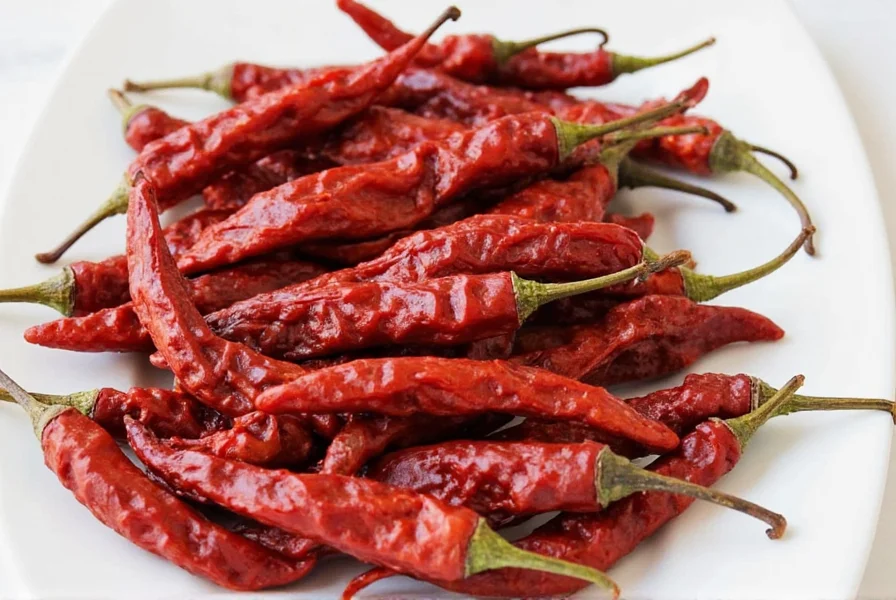
| Chile Name | Heat Level (Scoville Units) | Flavor Profile | Best Uses |
|---|---|---|---|
| Ancho | 1,000–2,000 | Sweet, raisin-like, mild | Moles, sauces, stews |
| Guajillo | 2,500–5,000 | Bright, fruity, slightly tart | Salsas, adobos, marinades |
| Pasilla | 2,500–4,000 | Earthy, smoky, with licorice notes | Enchiladas, moles, soups |
| Arbol | 15,000–30,000 | Peppery, grassy, sharp | Salsas, oils, broths |
| Chipotle Morita | 5,000–10,000 | Smoky, tangy, medium-hot | Adobo sauces, meats, soups |
| Chile de Árbol | 15,000–30,000 | Fiery, clean heat with subtle sweetness | Hot sauces, tacos al pastor |
| Costeño Rojo | 10,000–20,000 | Nutty, spicy, slightly smoky | Oaxacan dishes, beans, rice |
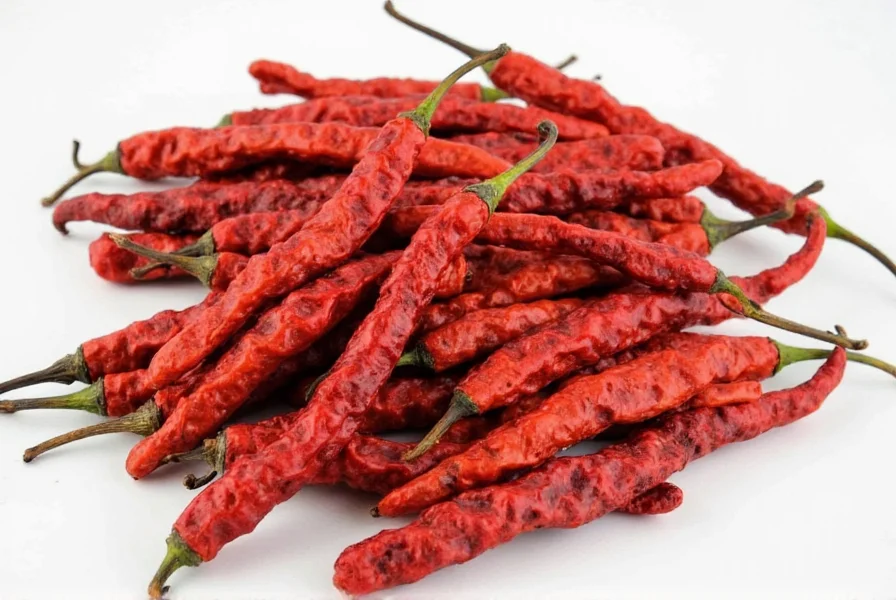
How to Use Dried Red Chiles Like a Pro
Follow these steps to maximize flavor and safety:
- Rinse & Toast: Rinse under warm water to remove dust. Toast in a dry skillet for 1–2 minutes until fragrant.
- Rehydrate: Soak in hot water (or broth for extra flavor) for 20–30 minutes until soft.
- Blend: Drain and blend with garlic, spices, or citrus to create sauces, pastes, or marinades.
- Adjust Heat: Remove seeds and membranes for milder flavor; keep them for maximum heat.
Variety-Specific Tips
- Ancho: Ideal for mole sauces – soak longer to soften fully.
- Guajillo: Perfect for salsas – blend with tomatoes for bright acidity.
- Chipotle Morita: Add to adobo sauces or mix with honey for glazes.
- Arbol/Chile de Árbol: Use sparingly in oils or hot sauces – their heat is intense.
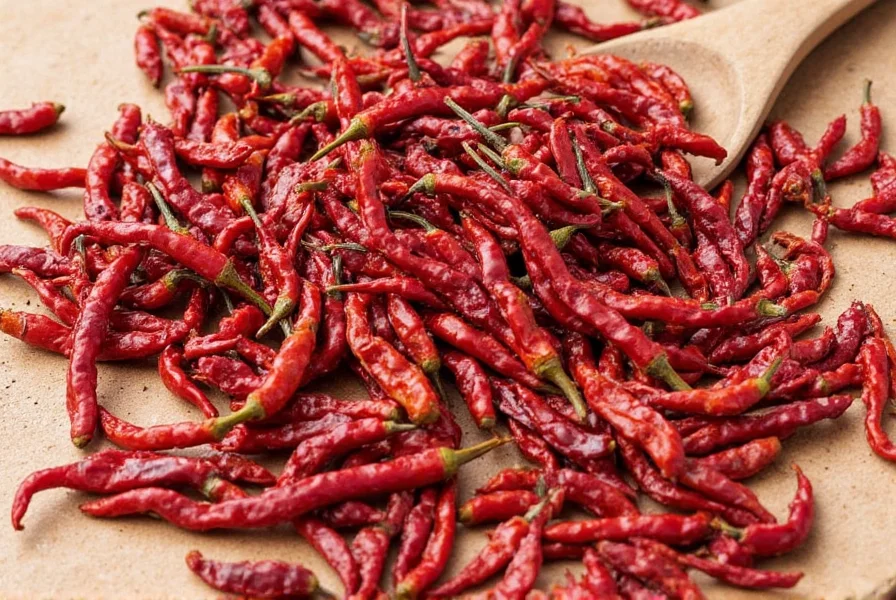
Buying Guide: What to Look For
Quality matters for flavor and safety. Check these factors:
- Firmness: Should feel pliable, not brittle or soft.
- Color: Vibrant red or deep maroon – avoid dull or faded pieces.
- Aroma: Rich, earthy, or fruity scent – no musty or stale smells.
- Source: Choose trusted brands like La Costeña, Goya, or Spice Hunter for consistent quality.
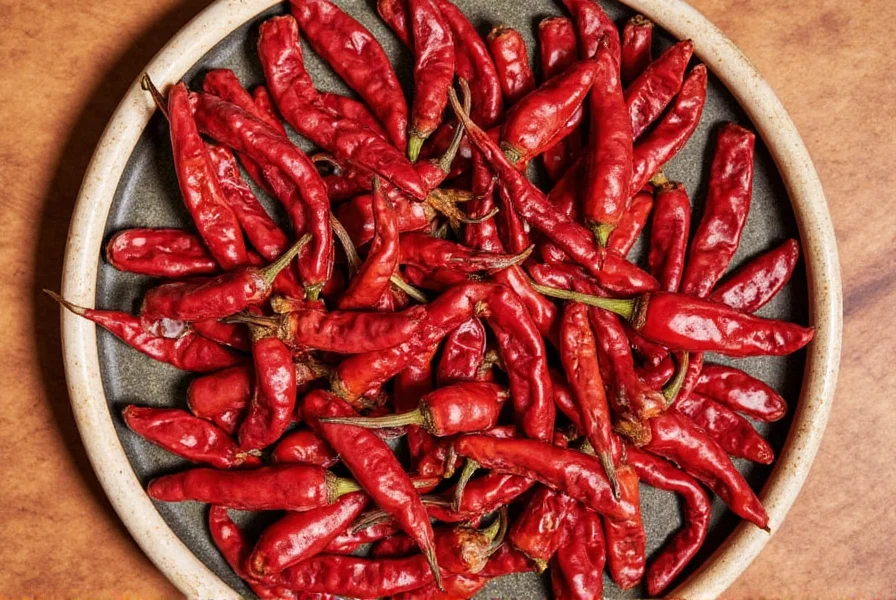
Storage Tips to Keep Them Fresh
- Store whole chiles in airtight glass jars away from light and moisture.
- Keep in a cool, dark pantry (not near stoves or windows).
- For long-term storage (up to 2 years), freeze in sealed bags.
- Grind into powder only when needed – store powder in dark glass jars for up to 6 months.
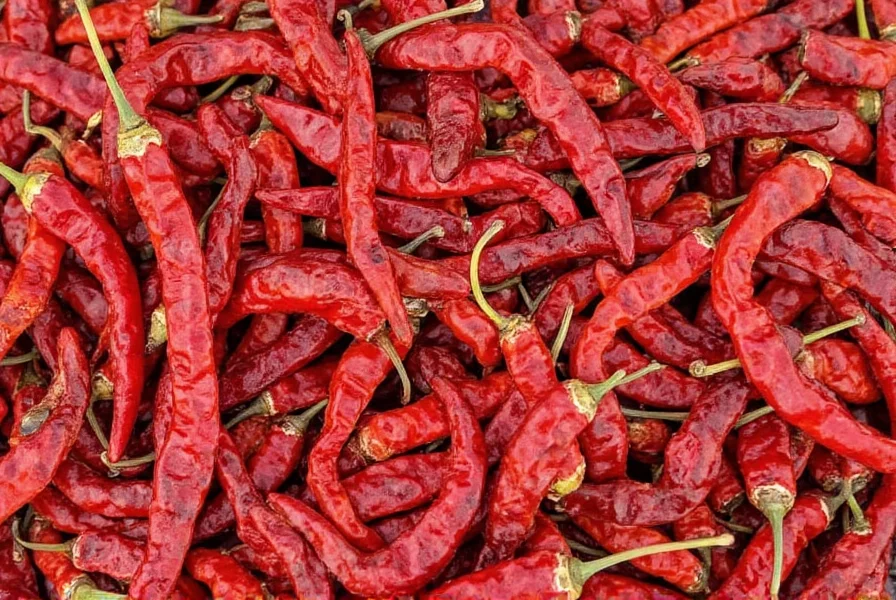
Frequently Asked Questions
What are dried red chiles good for?
Dried red chiles add depth, heat, and complexity to sauces, stews, salsas, marinades, and rubs. Varieties like ancho provide sweet notes for mole, while chipotle delivers smoky depth for adobo. They're essential for authentic Mexican and Tex-Mex dishes.
How do I rehydrate dried red chiles?
Toast briefly in a dry skillet (1-2 minutes), then soak in hot water or broth for 20-30 minutes until soft. For extra flavor, use vinegar or citrus juice. Drain before blending into sauces.
Are dried red chiles hotter than fresh chiles?
Yes, drying concentrates capsaicin (heat compound) by removing water content. For example, fresh jalapeños (2,500–8,000 Scoville) become chipotle morita (5,000–10,000) when dried. However, some dried chiles like ancho are milder than their fresh counterparts.
How long do dried red chiles last?
Properly stored in airtight containers away from light and moisture, they last 6–12 months at room temperature. Freezing extends shelf life to 1–2 years while preserving flavor. Ground powder should be used within 6 months.
Can I substitute one dried red chile for another?
Yes, but with adjustments. Ancho can replace pasilla for milder sweetness; guajillo works for chipotle in non-smoky dishes. For heat level, use arbol sparingly (it's 3x hotter than guajillo). Always taste as you go!
Conclusion: Master Dried Red Chiles in Your Kitchen
Dried red chiles are flavor powerhouses that transform ordinary dishes into extraordinary meals. By understanding heat levels, mastering rehydration techniques, and storing them properly, you'll unlock authentic Mexican cuisine at home. Start with ancho for mild complexity or chipotle for smoky depth – your next dish will thank you.

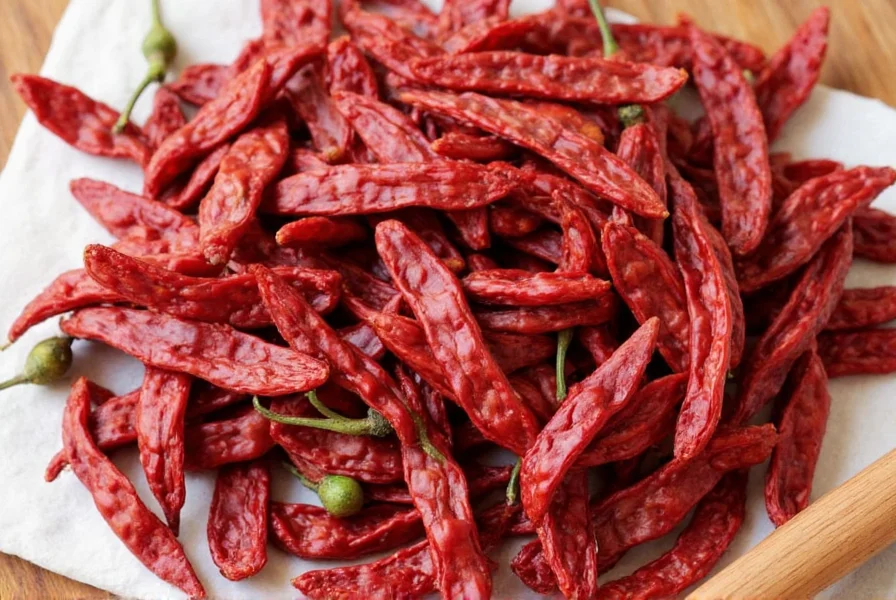









 浙公网安备
33010002000092号
浙公网安备
33010002000092号 浙B2-20120091-4
浙B2-20120091-4